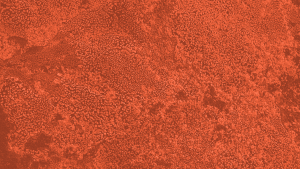Koski, Anna-Kaisa (2022). Museology of waste: The Whitechapel fatberg


Čoahkkáigeassu:
How does waste that we would find disturbing and disgusting in everyday life become fascinating when exhibited in a museum setting? What kind of new things can we learn about our societies and their history by exploring unintentionally created and unwanted objects?

The Whitechapel fatberg is a lump of oil, rubbish and human waste that blocked the sewers under London’s Whitechapel neighbourhood. A sample of it was subsequently displayed in the Fatberg! exhibition at the Museum of London in 2018. How does waste that we would find disturbing and disgusting in everyday life become fascinating when exhibited in a museum setting? What kind of new things can we learn about our societies and their history by exploring unintentionally created and unwanted objects?
“In a museum context, by exploring the history of objects like the Whitechapel Fatberg, objects that tend to be overlooked in our day-to-day lives, it is possible to see how things we take for granted today have been constructed over time, and how certain practices become normalized and go unnoticed. The sewer absorbs waste, making it invisible, and also serves as an interesting metaphor for the Earth’s atmosphere which, in a similarly discreet manner, has absorbed carbon dioxide emissions invisible to the human eye, causing the planet to heat up. The unconscious collaboration of people doing the same things at the same time – like flushing leftover food down the toilet or driving petrol-fuelled cars – can generate unintended and unwanted phenomena. Adding samples of the fatberg in the Museum of London’s collections opens up interesting ideas on objects and the idea that complex and multi-faceted phenomena become intelligible and understandable through tangible objects.”
Koski, Anna-Kaisa (2022). Jätteen museologiaa: Rasvatukos Museum of Londonissa. In Järvinen, Outi (Ed.), Vol 128: Suomen Museo – Finskt Museum 2021. Suomen Muinaismuistoyhdistys, Tallinna 2022.